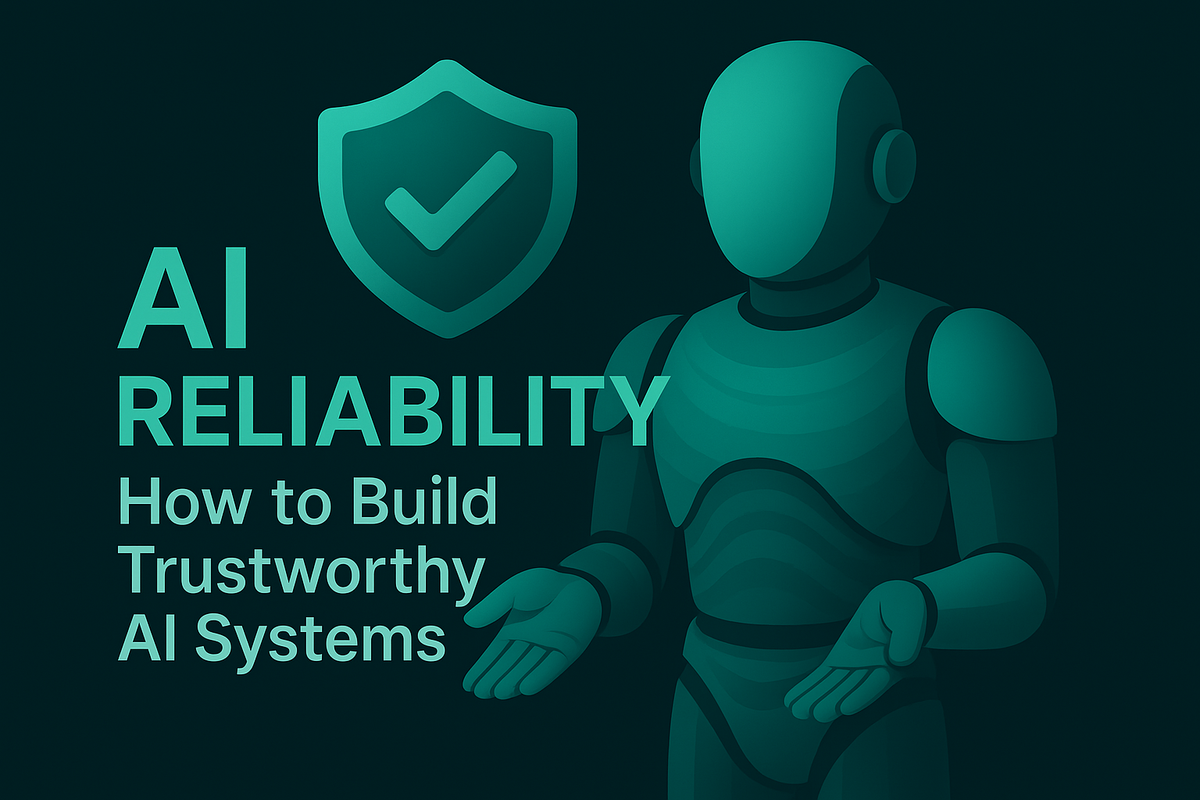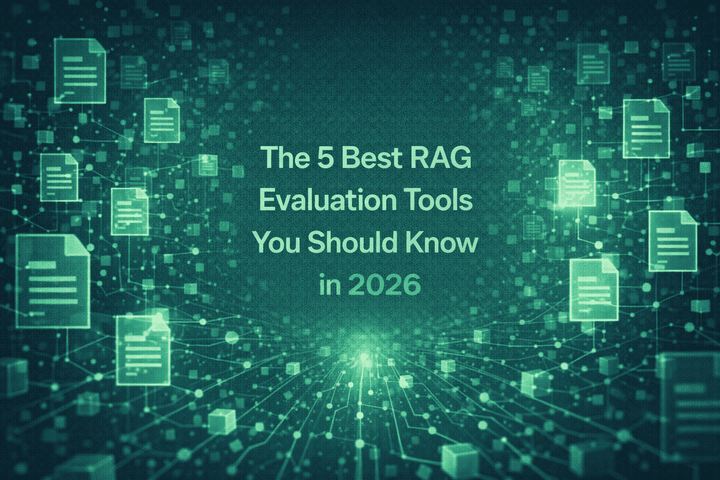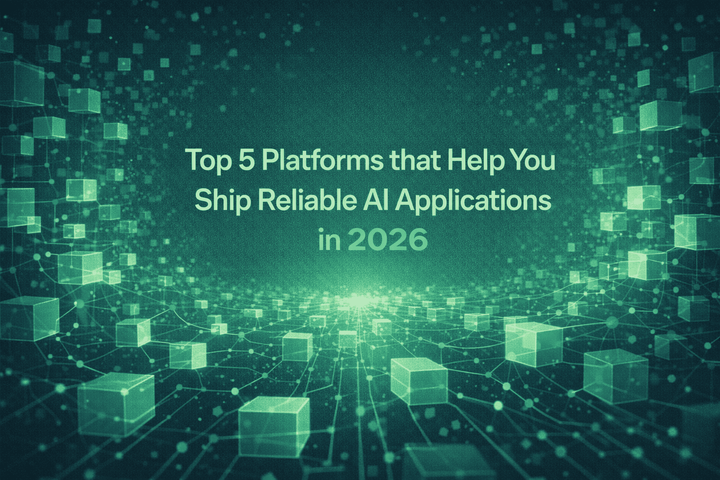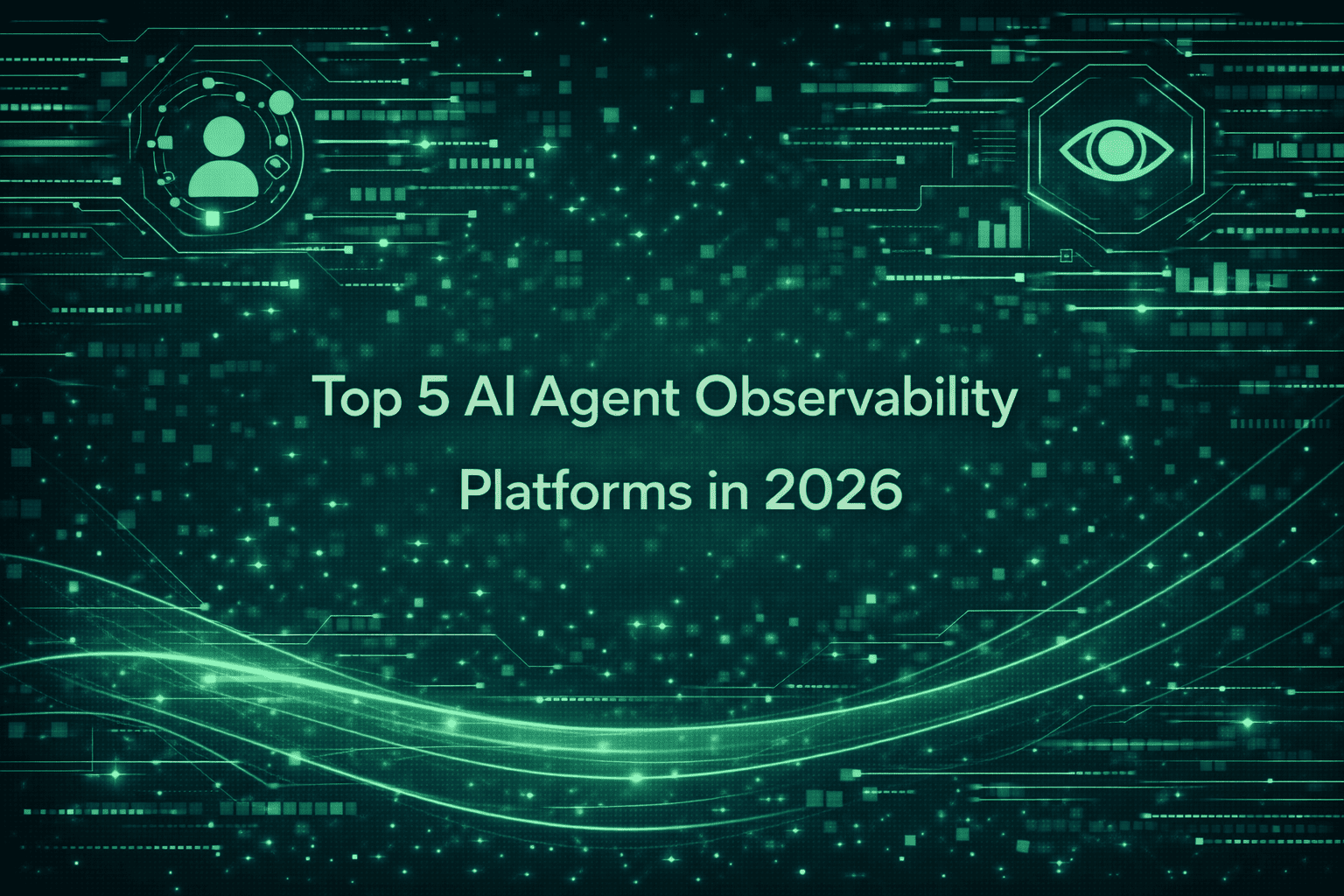AI Reliability: How to Build Trustworthy AI Systems

Introduction
Artificial intelligence is rapidly transforming industries, driving innovation, and redefining how organizations operate. However, as AI systems become more pervasive, the imperative to ensure their reliability and trustworthiness intensifies. Building trustworthy AI is not only a technical challenge, it is a multidimensional endeavor that encompasses ethics, governance, transparency, and robust evaluations. In this blog, we examine the principles, frameworks, and best practices for building reliable AI systems, with a special focus on evaluation and observability platforms such as Maxim AI.
Core Principles of Trustworthy AI
Building reliable AI requires adherence to foundational principles, as outlined by IBM and global standards bodies:
- Accountability: Clear responsibility for AI outcomes, with documented development and deployment processes.
- Explainability: Transparent decision-making, enabling stakeholders to understand and audit AI outputs.
- Fairness: Mitigation of bias to ensure equitable treatment of all users.
- Interpretability and Transparency: Visibility into model architecture, data flows, and decision criteria.
- Privacy and Security: Robust protection of sensitive data and resilience against adversarial threats.
- Reliability and Robustness: Consistent performance across scenarios, resistant to errors and unexpected inputs.
- Safety: Minimization of harm, especially in mission-critical applications.
For a comprehensive overview of trustworthy AI principles, refer to the NIST “Trust and Artificial Intelligence” report and TechTarget’s 12 Principles.
Frameworks for Reliable AI Development
A structured approach to AI reliability involves four key phases:
1. Strategy and Design
- Define ethical use cases aligned with organizational values.
- Assess risk and impact for each application.
- Establish governance policies and allocate necessary resources.
2. Data Management
- Source high-quality, representative, and unbiased data.
- Document data provenance and splits for auditability.
- Implement privacy and security measures.
3. Algorithm Development
- Select appropriate models and validate pipelines.
- Ensure reproducibility and scalability.
- Monitor for bias and performance drift.
4. Continuous Evaluation and Monitoring
- Deploy robust evaluation workflows.
- Monitor real-time performance and quality.
- Implement contingency plans for failures and anomalies.
For further reading, see UST’s guide to responsible AI implementation.
The Role of Evaluation and Observability
Reliability is not a one-time achievement, it demands continuous evaluation and observability throughout the AI lifecycle. This is where platforms like Maxim AI excel.
Maxim AI: End-to-End Evaluation and Observability
Maxim AI provides a unified platform for:
- Experimentation: Rapidly iterate on prompts, agents, and workflows with a comprehensive playground. Features include prompt versioning, deployment, and prompt-chaining (Maxim Docs: Experimentation).
- Agent Simulation and Evaluation: Test agents at scale across thousands of scenarios. Utilize predefined and custom evaluators, integrate with CI/CD pipelines, and simplify human-in-the-loop evaluations (Maxim Product Page: AI Agent Quality Evaluation).
- Observability: Monitor granular traces, debug live issues, and implement real-time alerts for regressions and anomalies in production. (Maxim Product Page: Evaluation Workflows for AI Agents).
- Framework Agnostic Integration: Seamless compatibility with leading AI providers, models and frameworks, including OpenAI, Claude, Google Gemini, LangChain, and more (Maxim Docs: Integrations).
- Enterprise-Ready Security: In-VPC deployment, custom SSO, SOC 2 Type II compliance, role-based access controls, and 24/7 support.
Human-in-the-Loop and Custom Evaluators
Maxim AI supports scalable human evaluation pipelines and custom evaluators, critical for production-grade reliability (Maxim Blog: AI Agent Evaluation Metrics). This ensures that human experts can validate AI outputs and maintain quality across diverse use cases.
Best Practices for Building Reliable AI Systems
- Establish Clear Governance: Define roles, responsibilities, and escalation paths for AI failures.
- Embrace Transparency: Document model development, data sources, and decision criteria.
- Run Online and Offline Evals: Run extensive evaluations in both pre-production and post-production stages to evaluate your agent's performance, and surface failure modes.
- Implement Rigorous Testing: Validate models under varied real-world scenarios and user personas with Agent Simulations.
- Monitor Continuously: Use observability platforms to track agent performance and catch anomalies.
- Engage Human Experts: Integrate human-in-the-loop evaluations for critical decisions.
- Adapt to Change: Update prompts and evaluation criteria as data, requirements, user behavior, and business needs evolve.
Real-World Case Studies
Leading AI teams have accelerated development cycles and improved reliability with Maxim AI:
- Clinc: Streamlined conversational AI deployment for banking, reducing manual reporting and improving team collaboration. Read more ↗
- Thoughtful: Enabled rapid, engineering-free iteration for their AI support companion, enhancing quality and speed. Read more ↗
- Comm100: Transformed customer support workflows, allowing product managers to prototype and validate agents quickly. Read more ↗
- Mindtickle: Automated AI testing and reporting, reducing time to production and boosting productivity. Read more ↗
- Atomicwork: Ensured reliable, secure AI support with real-time observability and faster issue resolution. Read more ↗
Integrating Maxim AI into Your Reliability Strategy
Maxim AI’s platform supports every stage of the AI development lifecycle:
- Prompt Engineering: Rapid experimentation and deployment.
- Agent Simulation: Scalable scenario coverage and automated metrics.
- Evaluations: Run pre-built or custom evals (programmatic, statistical, llm-as-a-judge and human evals) to ensure application reliability.
- Observability: Real-time monitoring, debugging, and alerting.
- Security and Compliance: Enterprise-grade controls for data protection.
Explore Maxim’s documentation, blog, and YouTube playlist for implementation guides and best practices.
Conclusion
Building trustworthy AI is a continuous journey. By embracing robust evaluation, transparent governance, and ethical design, organizations can realize the full potential of AI while minimizing risks. Platforms like Maxim AI offer the tools and frameworks necessary to ship reliable AI agents faster, with confidence and reliability. As the AI landscape evolves, prioritizing reliability will be the cornerstone of sustainable innovation and AI adoption.
For hands-on guidance, explore Maxim’s docs, blog, and pricing plans. To see Maxim in action, book a demo or start your free trial today.


